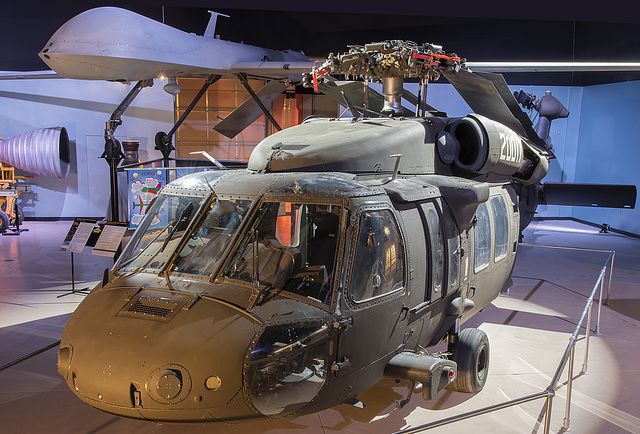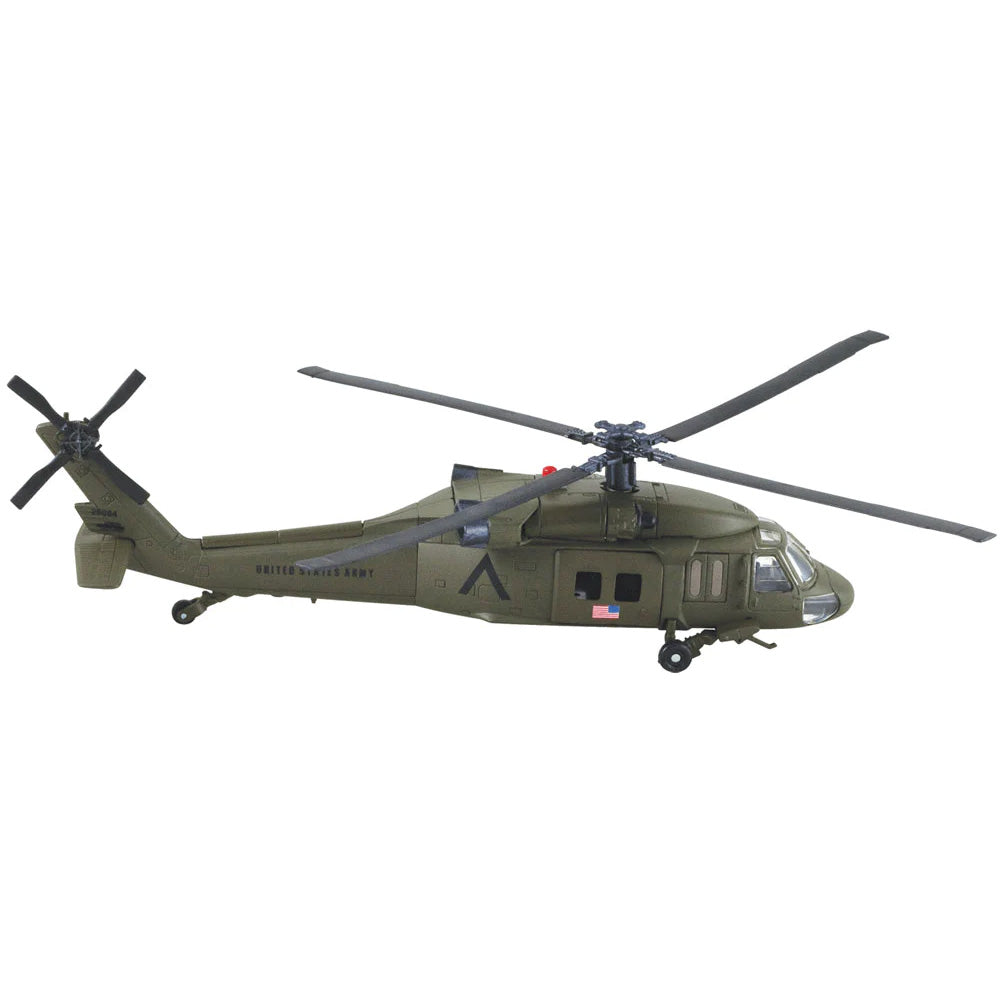The Role of the UH 60 in Combat Zones: Enhancing Mobility and Operational Efficiency
The Role of the UH 60 in Combat Zones: Enhancing Mobility and Operational Efficiency
Blog Article
Exploring the Background and Evolution of the UH 60 Helicopter

Beginnings of the UH-60
The beginnings of the UH-60 helicopter can be mapped back to the late 1960s, a period marked by the requirement for a flexible utility airplane that might adjust to the advancing demands of modern-day warfare. The united state Army recognized the need for a substitute for the older UH-1 Iroquois, which was coming to be progressively inadequate for the complexities of modern fight circumstances. In 1967, the Military started the Energy Tactical Transportation Aircraft System (UTTAS) program, which looked for to create a multi-role helicopter with the ability of different goals, including army transportation, clinical discharge, and logistical support.
The UH-60 Black Hawk was presented, showcasing cutting-edge design aspects and progressed technology that set it apart from its predecessors. The UH-60 swiftly obtained recognition for its durable efficiency, integrity, and flexibility, leading the way for its extensive usage in armed forces operations and solidifying its status as a cornerstone of U.S. Army air travel.
Key Layout Features
Cutting-edge design attributes of the UH-60 Black Hawk substantially add to its functional efficiency. Among the most remarkable aspects is its twin-engine arrangement, which improves dependability and provides a greater power-to-weight proportion, making it possible for the helicopter to execute under different conditions. The airplane's four-blade major rotor system provides improved lift and ability to move, vital for tactical missions.

Furthermore, the cabin is created for optimal exposure and functional designs, including sophisticated avionics that enhance pilot procedures. The modular style of the UH-60 enables easy maintenance and adaptability, making it suitable for numerous mission accounts, from troop transport to medevac operations. These crucial design attributes make sure that the UH-60 Black Hawk remains a dependable and versatile possession in army aeronautics, capable of satisfying the demands of modern-day warfare.
Technological Improvements
Recent technological advancements in the UH-60 Black Hawk have actually significantly enhanced its operational capacities and convenience. The assimilation of innovative avionics, such as digital flight control systems and boosted situational recognition display screens, enables pilots to run with enhanced precision and effectiveness. These systems promote enhanced navigating, communication, and information sharing, making it possible for the helicopter to operate successfully in diverse environments.
In addition, the introduction of composite materials has actually reduced the total weight of the airplane while preserving architectural integrity. This decrease improves gas performance and extends operational range. The consolidation of sophisticated blades technology, consisting of the usage of four-blade, fully verbalized blades systems, has actually enhanced lift performance and ability to move, allowing for better handling in various trip conditions.

Furthermore, innovations in propulsion systems, such as the T700-GE-701D engines, have raised power outcome and reliability - uh 60. These engines add to remarkable efficiency in high-altitude and hot-weather conditions
Last but not least, the combination of self-defense systems and improved sensing unit packages enhances the Black Hawk's survivability and goal efficiency. Collectively, these technical enhancements ensure that the UH-60 Black Hawk remains a crucial possession in modern-day air travel, efficient in adjusting to the progressing demands of humanitarian and army objectives.
Function in Military Procedures
As the backbone of united state Military aviation, the UH-60 helicopter plays a crucial function in numerous armed forces procedures, working as a functional system for combat assistance, transport, and medevac goals - uh 60. Its layout includes the ability to run in diverse atmospheres, making it important for troop activity and logistical assistance in both unique and standard war

In medical discharge situations, the UH-60 has my link actually verified indispensable, significantly lowering the moment to carry wounded soldiers from the battlefield to clinical centers. Its sophisticated avionics and night vision capacities additionally guarantee goal success under challenging problems. On the whole, the UH-60 helicopter remains a vital property, constantly adjusting to satisfy the advancing needs of armed forces procedures and boosting the effectiveness of U.S. forces worldwide.
Future of the UH-60
Looking in advance, the future of the UH-60 helicopter entails considerable advancements in technology and capacities designed to improve its functional performance. As armed forces procedures progress, the UH-60 is expected to integrate cutting-edge innovations, including boosted avionics, enhanced weapons systems, and progressed communication tools. These improvements will enable higher situational awareness and mission flexibility, guaranteeing that the UH-60 stays a vital possession on the field of battle.
One noteworthy development is the combination of fly-by-wire systems, which will certainly boost trip control precision and minimize pilot work. Additionally, initiatives to upgrade the airframe and engines intend to raise payload, range, and rate ability, therefore increasing the helicopter's operational extent (uh 60).
The future additionally holds assurance for raised interoperability with unmanned aerial systems (UAS), enabling coordinated objectives that take advantage of both manned and unmanned capacities. Furthermore, the consolidation of fabricated intelligence and artificial intelligence might enhance flight characteristics and upkeep procedures, bring about minimized operational prices.
Final Thought
The UH-60 Black Hawk helicopter represents a considerable achievement in army aviation, developing from the U.S. Army's preliminary requirements for a functional utility aircraft. Its ingenious style attributes and constant technical developments have actually ensured its significance in different army operations over the years. As the needs of modern-day war change, the future of the UH-60 will likely include further improvements and adaptations, strengthening its status as a vital possession for armed forces worldwide.
The UH-60 Black Hawk helicopter represents a substantial turning point in army aviation, emerging from the United state Military's quest for a more trusted and versatile utility aircraft in the late 20th century.The beginnings of the UH-60 helicopter can be traced back to the late 1960s, a duration marked by the demand for a flexible utility airplane that could adapt to the developing demands of contemporary warfare. Overall, the UH-60 helicopter remains an important possession, continually adapting to fulfill the evolving demands of armed forces procedures and improving the performance of United state pressures worldwide.
Looking ahead, the future of the UH-60 helicopter includes significant developments in modern technology and capabilities developed to boost its operational effectiveness.The UH-60 Black Hawk helicopter represents a significant success in military aviation, progressing from the U.S. Military's first needs original site for a versatile Continued energy aircraft.
Report this page